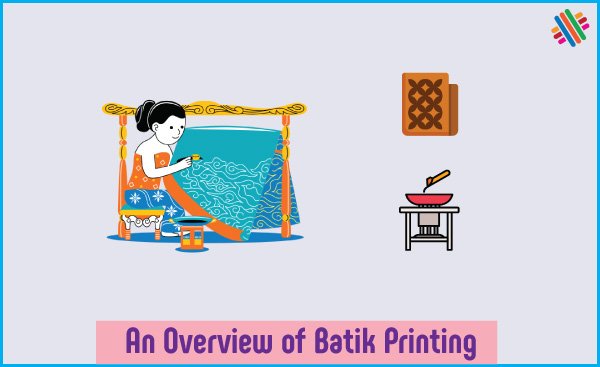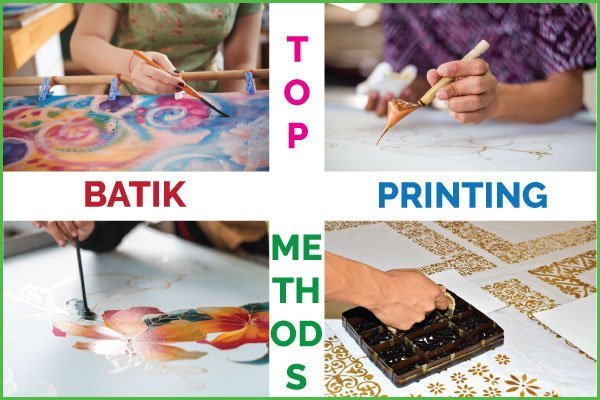In 2 Minutes I will give you the Truth about Discharge Printing
Last updated on August 4th, 2023 at 08:16 pm
In addition to the straightforward application of dye, textile printing offers the designer certain styles that can be used to obtain aesthetic effects. Discharge-printing, for example, can provide intricate printed patterns on a colored background (the ground color). The new pattern may be white or it may be a different color from the original fabric, in which case it is referred to as an ‘illuminated’ style. Effective discharge methods have been developed for both natural and synthetic fibres.
Discharge printing is carried out where small areas of pattern are required on a large area of ground color, too large to be produced efficiently by printing methods. It enables finely detailed patterns of good definition to be introduced on to the fabric, which adds significant value to the end product. The technique depends on the fact that some dyes may be chemically removed from the dyed fabric using a discharge agent, to leave a corresponding white area. The necessary discharge agent is mixed with a color-free printing paste and the pattern printed on to the previously dyed fabric as usual. Drying or streaming and then washing follow. For illuminated styles a discharge resistant dye is incorporated into the paste so that discharge and coloration with the illuminating color occur simultaneously.
The efficiency of the discharge reactions is critically dependent upon the selection of suitable dyes. Easily discharged dyes are required for the ground shade, while discharge-resistant dyes are needed for the illuminating discharge. The method can be used on fabric dyed with indigo vat dye either by destroying the color with an oxidizing agent, or more commonly by converting it to a leuco compound using a reducing agent, which then combines with the leuco compound and prevents its re-oxidation.
Selection of the thickening agent for the print paste is also more critical than for direct printing because it must remain chemically resistant to the reducing action and retain its viscosity throughout. If the latter proves unsatisfactorily, migration of the print paste beyond the required area carries the reducing agent with it, blurring the definition and fine detail of the pattern. This effect is called ‘flushing’. In illuminated discharges it appears as a white surround to the printed pattern, in which case it is referred to as ‘haloing’. It can be controlled, however, with proper attention to preparation of the print paste.




Hmm, it seems like your site ate my first comment (it was extremely long) so I guess I’ll just sum it up what I had written and say, I’m thoroughly enjoying your blog. I as well am an aspiring blog writer, but I’m still new to the whole thing. Do you have any recommendations for newbie blog writers? I’d appreciate it.